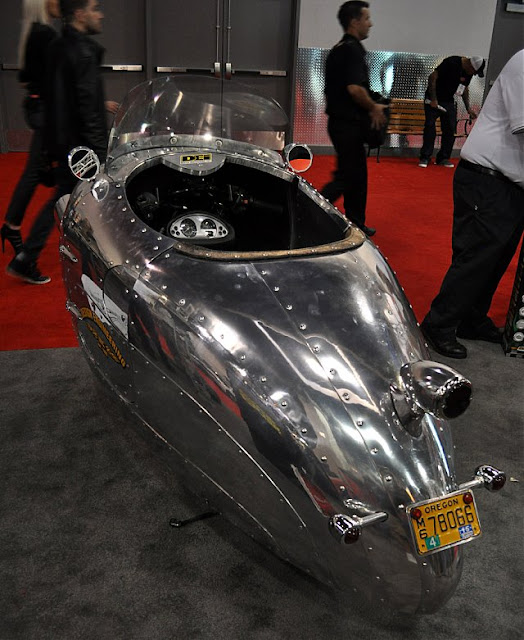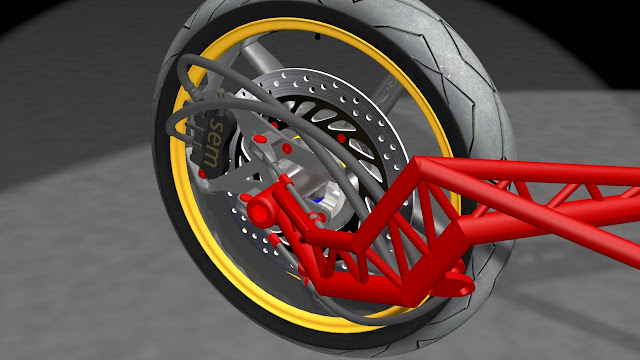Eco Modding,
Cars are like bricks which we drag at high speed through the air, petrol must be very cheap for us to waste it like this.
In Mostly The United States, people are experimenting with streamlining their cars, some modifications are very rough while others seem pretty good.
I know that this is not allowed in many other countries (including my own ;-((( ) by the authorities, they use safety as an excuse to protect the large car companies.
The Areo civic:
95mpg at 65mph ( 2.475 L/100km, 40.3 km/l; at 105km/h) amazing figures.
Streamlined rear-end wher much of the resistance is generated, also the underside was covered with smooth plating, wheel covers. The rest of the aerodynamic modding was limited.
The Avion 100mpg plus
100mpg (2.35l/100km, 43km/l)
Totally re-energineered "slippery" car
The Dolphin by Dave Cloud,
?? 214mpg; 1.991 L/100km; 91 km/LFor me the best example of what can be done when you throw all conventions into the wind.
It is old news and finding a good website with details is impossible, but on ECOMODDER.COM there still is a lot of information about this car.
A lot of pictures are available on this picassweb link.
And on this picasaweb album about measurements of the dolphin for a new car/trike.
























































